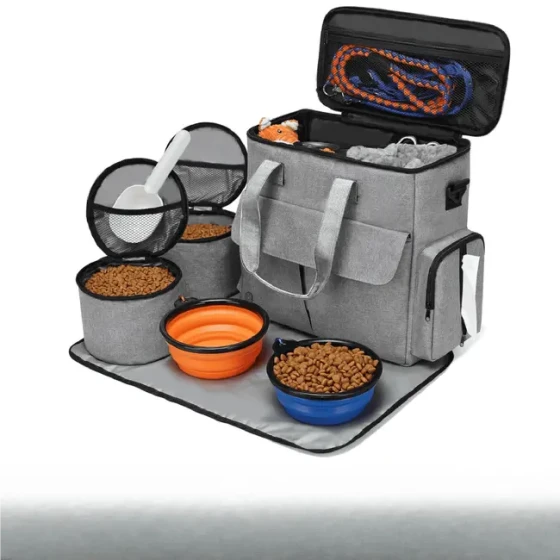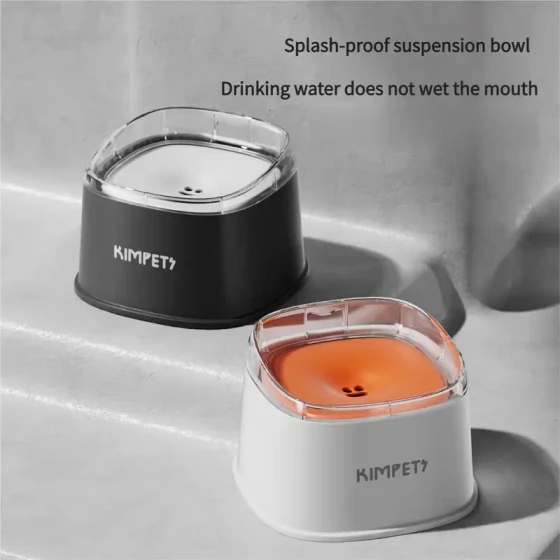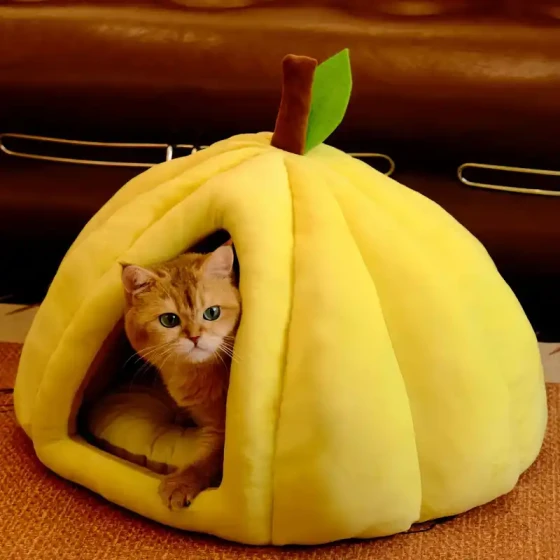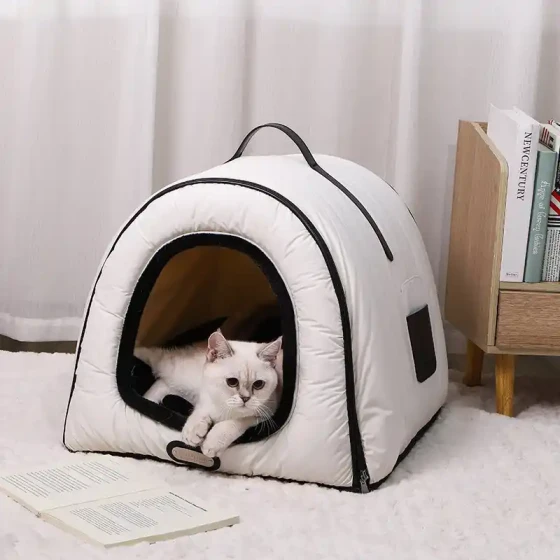Symptoms of Kitten Panleukopenia Before Death_Detailed Explanation of Cat's Final Reactions and Physical Changes
Feline panleukopenia, also known as feline distemper, is a highly contagious disease caused by the feline parvovirus. It spreads rapidly, especially among kittens, with a high mortality rate, making it the "number one killer" of cats' health. When a cat unfortunately contracts panleukopenia and the disease progresses to the late stage, it will show a series of distressing symptoms signaling imminent death. Timely understanding of these symptoms is crucial for providing the cat with timely and effective rescue.
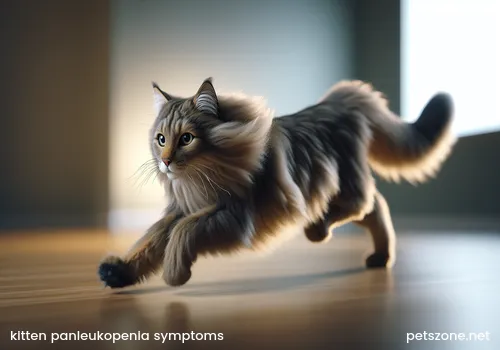
Detailed Explanation of Symptoms and Physical Changes Before Death from Feline Panleukopenia
The feline panleukopenia virus primarily attacks rapidly dividing cells inside the cat’s body, including those in the intestines, bone marrow, and lymphatic tissue, causing a series of severe clinical symptoms. In the late stage of panleukopenia, the cat’s bodily functions rapidly decline, showing multiple critical signs.
1. Extreme Weakness and Depression
Critically ill cats will exhibit extreme weakness and mental depression, with little energy to move, often lying or crouching for long periods. They respond sluggishly to external stimuli and may even appear indifferent to their owner’s calls. They might hide in corners and avoid interaction, reflecting severe physical discomfort and exhaustion.
2. Complete Loss of Appetite and Severe Dehydration
In the late stage of panleukopenia, cats usually stop eating and drinking entirely. Persistent vomiting and diarrhea cause significant loss of body fluids and electrolytes, leading to severe dehydration. Dehydration results in decreased skin elasticity (neck skin pulled up returns slowly or not at all), and the eyeballs may appear sunken. Even if they show interest in water, weakness or nausea might prevent them from actually drinking.
3. Persistent Vomiting and Diarrhea
Vomiting is one of the typical symptoms of feline panleukopenia and becomes more frequent and stubborn in the late stage. Vomit may be yellow-green bile-like, and vomiting continues even with fasting and water restriction. Diarrhea is also a major symptom, potentially watery or bloody with a foul odor in the late stage. Persistent vomiting and diarrhea cause great suffering and are the main reasons for rapid weakness and dehydration.
4. Abnormal Body Temperature
Early infection with panleukopenia usually involves high fever, with temperatures reaching above 40℃, showing a biphasic fever pattern—temperature rises, then briefly falls, then rises again. However, in the final stages or just before death, due to organ failure, body temperature may suddenly fall below normal levels, even resulting in hypothermia.
5. Neurological Symptoms
In some severe cases, especially in kittens, the virus may invade the nervous system causing neurological symptoms. Before death, cats might exhibit limb convulsions, tremors, seizures, ataxia (unsteady walking, wobbling), reflecting viral attacks on the cerebellum and other neural tissues.
6. Weak Breathing and Circulatory Disorders
As the disease worsens, cats’ breathing becomes increasingly weak, shallow, and rapid. Severe dehydration and electrolyte imbalance lead to circulatory disturbances affecting blood supply throughout the body. Mucous membranes may become pale indicating anemia or shock.
7. Urinary and Fecal Incontinence
At the end of life, cats may lose control over urination and defecation due to complete organ system failure.
It is important to emphasize that the appearance of these symptoms indicates an extremely serious condition, requiring immediate transfer to a veterinary hospital for emergency treatment and supportive therapy. Although feline panleukopenia has a high fatality rate, especially in kittens, timely and proactive treatment can still offer a chance to save the cat’s life.
How to Respond to Late-Stage Panleukopenia Symptoms?
When facing a cat with late-stage panleukopenia symptoms, owners can provide the best support and care and actively cooperate with the veterinarian’s treatment plan.
- Seek Immediate Medical Care: Upon noticing any of the described end-stage symptoms, promptly bring the cat to a qualified veterinary hospital. Professional vets can offer critical treatments such as fluid therapy, electrolyte balancing, nutritional support, and antibiotics for secondary infection control.
- Keep Warm: Critically ill cats may have lowered body temperature; providing a warm and comfortable environment is very important.
- Maintain Cleanliness: Promptly clean vomit and feces and keep the environment hygienic. Although the panleukopenia virus is stubborn, such cleanliness helps reduce the risk of secondary infections.
- Isolation: If there are other cats at home, strictly isolate the sick cat and thoroughly disinfect the surroundings to prevent virus spread. Commonly used sodium hypochlorite (e.g., diluted 84 disinfectant) is effective against feline panleukopenia virus.
- Follow Veterinary Care Instructions: Carefully follow the vet’s guidance, including medication administration and assisted feeding (if the cat still has appetite and the vet permits).
- Emotional Support: Even if the cat is critically ill, the owner’s companionship and soothing can provide some comfort.
Prevention is More Important Than Treatment for Feline Panleukopenia
Understanding the severity of feline panleukopenia highlights the importance of prevention. Vaccination is the most effective method to prevent panleukopenia. Following the vaccination schedule recommended by veterinarians to complete core vaccines like the "feline triple vaccine" can significantly reduce the risk of infection and severity if infected. Additionally, avoiding contact with sick or virus-carrying cats and maintaining home hygiene can effectively prevent the disease.
Frequently Asked Questions
- Does panleukopenia always cause death? Not necessarily. Although panleukopenia has a high mortality rate, especially in kittens, timely and active supportive treatment can significantly improve survival rates.
- Can panleukopenia be cured? Panleukopenia is a viral infection with no specific antiviral drugs that directly kill the virus. Treatment mainly involves supportive care to help the cat survive the critical period and rely on its immune system to clear the virus.
- What is the incubation period for panleukopenia? The incubation period is usually 2-9 days, mostly around 2-5 days. During incubation, cats may show no obvious symptoms but can already spread the virus.
- Can adult cats get panleukopenia? Yes. While kittens are the high-risk group, unvaccinated or immunocompromised adult cats can also become infected.
- Can panleukopenia infect humans or other animals? The panleukopenia virus mainly infects felines and rarely infects humans or other animals. Although canine parvovirus and feline parvovirus belong to the same family, they usually do not infect each other.
In summary, feline panleukopenia is a dreadful disease. Understanding its symptoms before death helps us detect and respond timely. But the best strategy always remains prevention—through scientific vaccination and daily care, building a strong health barrier for our "little kittens."
